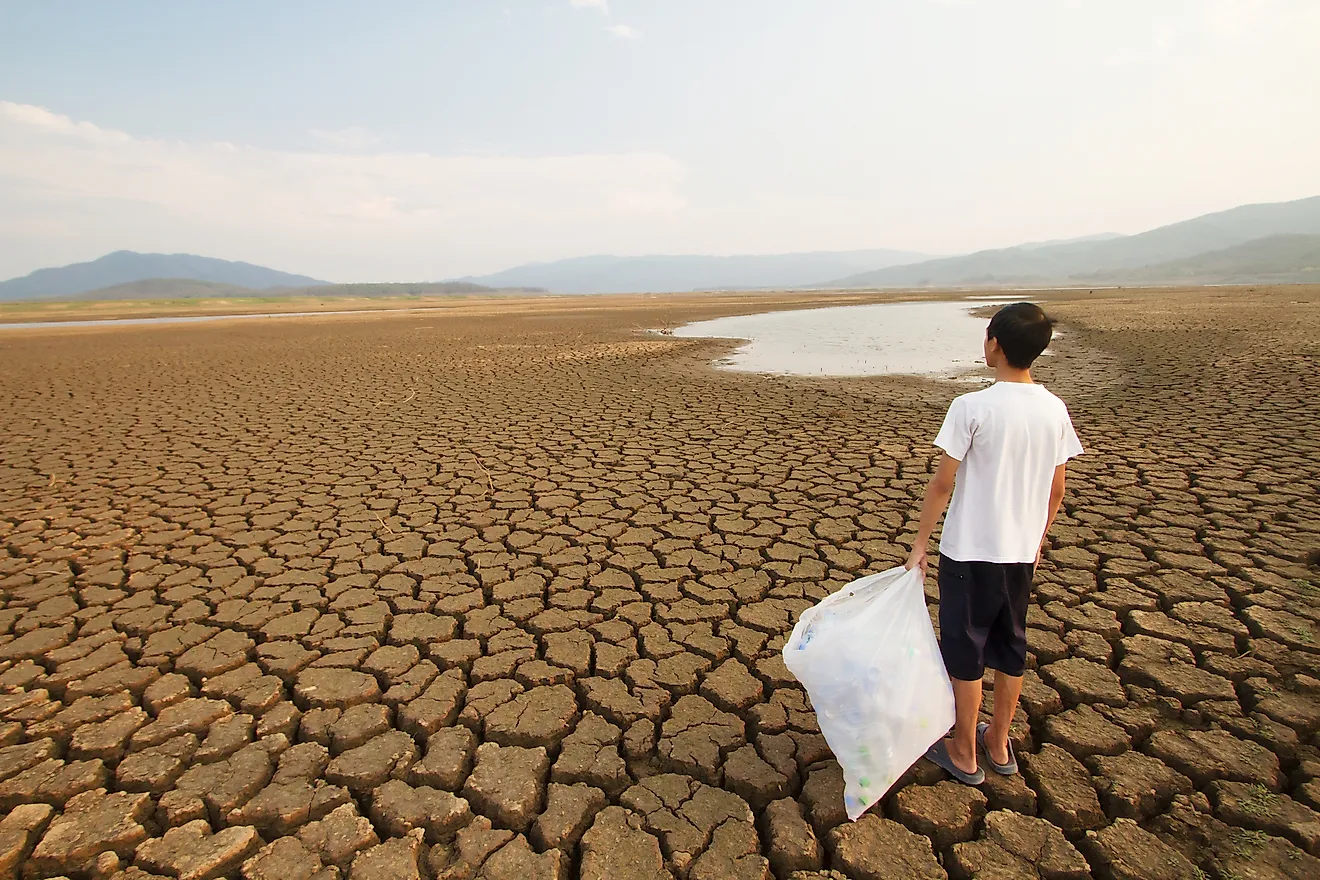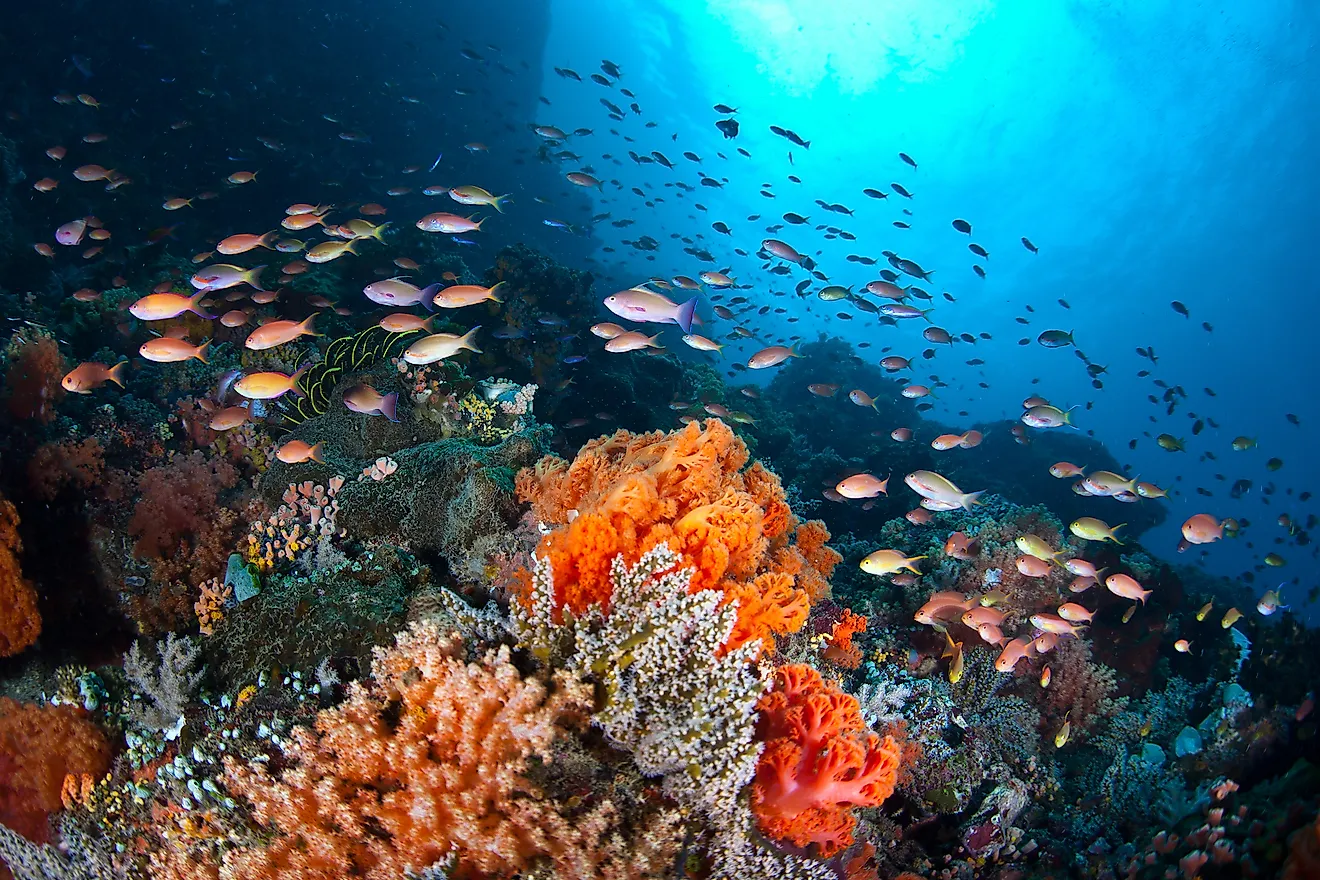What Are the UN Sustainable Development Goals?

The sustainable development goals are a set of global goals put together by the United Nations at a conference meeting in 2015 to discuss major issues affecting all of the the nations of the world. The goals are intended to replace the Millennium Development Goals, which ended in 2015. There are 17 sustainable goals, which deal with critical issues like poverty, health, economy, and education.
Sustainable Development Goals
Goal 1: No Poverty
This goal sets out to end all forms of poverty around the globe. More than half the population of the world experiences poverty and things like gender inequality, inadequate number of resources, and lack of education, all contribute to poverty levels. Poverty affects people of all levels and pulls down the economy of a nation where the problem is felt.
Goal 2: Zero Hunger
This goal sets to eradicate hunger and improve food security for all populations. It also seeks to advance agriculture. Research shows that 10 out of every 100 people suffer from malnourishment every year globally. Agriculture accounts for more than 70% of all the employments in developing countries. Improving land and soil quality and doubling agriculture can ensure help eradicate hunger in the world.
Goal 3: Good Health and Well-being
The goal is to ensure good health and encourage a better well-being for all people in a nation. The life expectancy in the world is increasing generally because some key areas have been taken care of like getting rid of deadly diseases affecting children and expectant women. There has been progress in reducing notorious diseases like malaria HIV/AIDS and tuberculosis. All these are helping to ensure good health and well-being of people.
Goal 4: Quality Education
The goal ensures everyone has the chance to receive quality education and opportunities for further education. Progress is noted in terms of getting access to education where many countries are offering free primary and secondary education to ensure all youths get it. The goal was put across to ensure that it is not just education being offered but of the best quality. The target of this goal is to make sure all boys and girls get an unbiased education.
Goal 5: Gender Equality
The aim of this goal is to promote gender equality in all the nations especially in nations where women are discriminated. Providing women with education equal opportunities to job opportunities and proper representation in legal affairs will boost gender equality. Many countries are implementing gender equality by giving women equal opportunities in all aspects of life and are seeing women just as equal as men. Although it is not all nations who are embracing this, change but by 2030, hopefully all over the world gender equality will be outdated.
Goal 6: Clean Water and Sanitation
The goal is aimed at ensuring clean water and better sanitation facilities to people. Clean water and clean toilets protects people from contracting diseases and this increases life expectancy of people. More attention should be given to girls, women, and the elderly who are vulnerable and if given better sanitation they will add more to the economy. The goal targets at giving more toilets especially to places with a high population and in schools and places of work.
Goal 7: Affordable and Clean Energy
The goal ensures access to affordable and modern energy to all. Developing countries are embracing the idea and by 2030, all citizens will have energy in their homes and places of work.
Goal 8: Decent Work and Economic Growth
The aim of the goal is to encourage decent working opportunities and a growing economy in all nations. Enhancing tourism, upgrading technology and entrepreneurship will boost the economy of a nation together with strict policies that protects employers.
Goal 9: Industry Innovation and Infrastructure
The goal’s aim is to encourage modernized infrastructure, promote industrialization and innovation. Manufacturing is a major source of employed in almost every country and contributes to the income of a nation therefore improving the sector will help the country grow economically.
Goal 10: Reduce Inequality
The aim is to reduce income inequality in and between countries. The tax put in exporting goods and services is lower unlike before and this encourages countries to do more businesses.
Goal 11: Sustainable Cities and Communities
The aim of this goal is to promote safe and affordable cities and communities for dwelling. Most urban cities have the challenge of insecurity and its people living in slums so the goal targets at ensuring safe housing for people.
Goal 12: Responsible Consumption and Production
Aims at using environmental friendly production methods and reducing wastes. The goal targets that by 2030 nations will be doing more recycling.
Goal 13: Climate Change
Climate change is a menace affecting the globe and has to be dealt with. The goal targets that nations will do their parts in getting rid of climate change.
Goal 14: Life Below Water
The goal aims at conserving water sources like oceans and lakes by reducing pollution in water and protecting coastal ecosystems.
Goal 15: Life on Land
The aim of this goal is for people to protect terrestrial land, manage forests, and reverse land degradation to ensure high productivity on the land protects natural ecosystems.
Goal 16: Peace Justice and Strong Institutions
Aims at promoting peaceful societies, providing justice to all and liable institutions at all levels. The target is to reduce sex trafficking, child labor and all forms of violence.
Goal 17: Partnership for Goals
The goal aims at strengthening global partnerships for development. Increasing international cooperation will promote peace and economic growth. Sharing technology will ensure the sustainable development goals are achieved.
Implementation
The implementation of the 17 goals began in 2016 and so far progress can be seen although the goals are facing criticism from people but the end term goal is to achieve all the goals.











